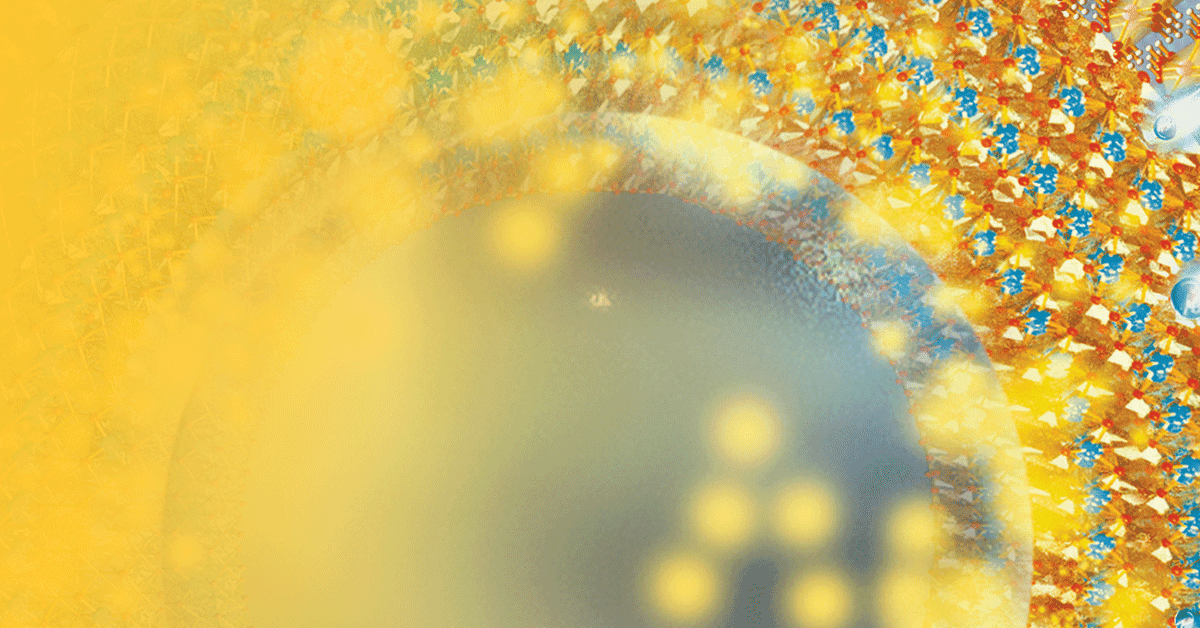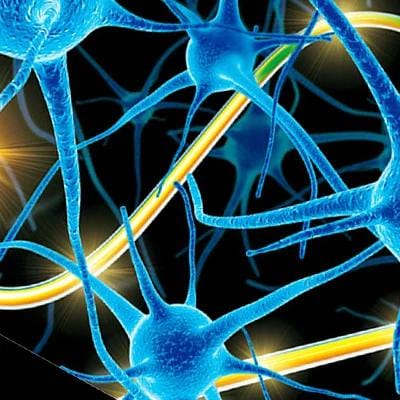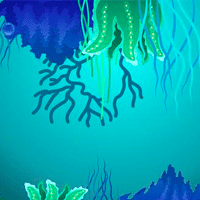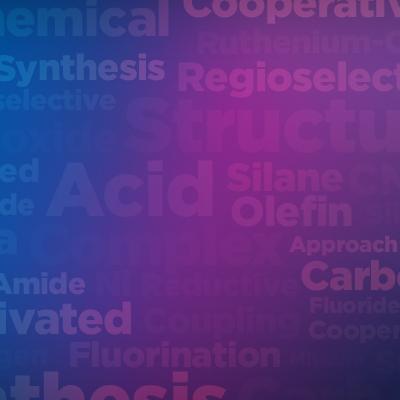Here, we bring you a selection of hot topics published in ACS journals so far this year, spanning a wide range of subject areas from authors around the world. From algae to wearable devices, this collection features fascinating innovations for everyone to enjoy.

Tobacco: Chemistry, Mechanisms, and Disease Prevention
50 years ago, scientists first identified N′-nitrosonornicotine, the tobacco-specific carcinogen found in both cigarette smoke and smokeless tobacco products. The tobacco industry has evolved tremendously since then, but there is still much to be understood about the root causes of certain cancers associated with prolonged tobacco use. Additionally, the rise of e-cigarettes and other tobacco-free products presents a need for further investigations into the potential toxicity of and damage from various vaping mechanisms. This collection of papers from Chemical Research in Toxicology highlights key advances across a broad array of topics on tobacco products, e-cigarettes, disease prevention, and more.
All About Algae
Chemists Celebrate Earth Week (CCEW) is a community-based program of ACS. This year, CCEW’s theme was “The Curious Chemistry of Amazing Algae.” These amazing organisms are emerging as a potential sustainable source of food and biofuels, as well as bioplastics and other co-products. Part of the attraction is that they exist in large numbers, and they have a variety of characteristics depending on where and how they grow. Critically, algae have evolved to produce and store energy—a skill which they perform more efficiently than any other known natural or engineered process. This Virtual Issue brings together articles from 20 different journals, covering a variety of topics such as algal uses in hydrogels, wastewater treatment, bioplastics, fuel production, and batteries—as well as ways to control harmful algal blooms in the wild.
Gaining Insight into Parkinson’s Disease
World Parkinson’s Day is held each year on April 11 to raise awareness of this progressive neurological disease, which affects approximately 1% of people aged 65 and older and 4–5% of those over the age of 85. But due to its complex etiology, the underlying pathogenesis of Parkinson’s is not fully understood. As such, there remains a desperate need for research into both causes and possible cures. A recent collection of articles highlights significant contributions reported in ACS journals. In addition to various pharmaceutical options being explored, research is also underway to improve the performance of sensors and develop new protocols for detecting neurotransmitters, which could help speed diagnosis and support monitoring.

World Parkinson’s Day
A Second Skin: The World of Wearables
The idea of sensors for health detecting naturally takes us to wearables. Wearables go far beyond fitness trackers, with devices now including patches, tattoos, fabrics, and contact lenses. The embedded technology spans multiple disciplines, which together are redefining what can be done with wearable sensors. ACS Sensors brings together 29 publications that showcase the interdisciplinary nature of this exciting field, bringing together engineering, materials, spectroscopy, data science, physics, medicine, and more—which could pave the way for dramatic advances in both health diagnosis and monitoring.

Wearables
Lessons Learned: Post-Pandemic Teaching Strategies
In 2020, the Journal of Chemical Education published a Special Issue around educational insights gained during the COVID-19 pandemic. Now, in 2023, this new Virtual Special Issue on the same topic in the time after COVID offers more data-driven assessments of changes made in the chemistry education community as a result of the pandemic. Widespread lockdowns forced people to find novel solutions in many spheres of life, including redefining “the classroom.” Educators used a variety of platforms to share remote learning, and hybrid teaching environments evolved into the new normal. This collection looks at teaching innovations and student learning in the field of chemistry, showcasing how the pandemic has shaped new ways of working—from remote laboratory methods to student engagement and technical tools.
Hot Articles in Inorganic/Organic Chemistry
Look, it’s a hot topics collection within a hot topics collection! This next list includes 58 Editors' Choice articles spanning ACS Publications’ core organic and inorganic journals. These editor-curated articles showcase innovative thinking in a variety of areas, including synthetic methodology, coordination, main-group chemistry, catalysis, energy research, medical science, and theoretical and computational chemistry. The ACS Editors' Choice designation is designed to highlight important new findings, which are free to read for a limited time.
Research Excellence from Latin America
Join us now as we take you on a brief world tour of cutting-edge work from three key geographic regions. First, let’s take a closer look at research from Latin America. Over the past 100 years, ACS has published more than 26,000 articles from Latin American scientists spanning almost all fields of chemistry—and discovery and innovation in Latin America continues to thrive today. This Virtual Issue from ACS Omega is fully open access and features 35 papers on key frontier topics.

Research Excellence from Latin America
Excellence in Agricultural Research from India
Next, we travel to India, where another Virtual Issue from ACS Agricultural Science & Technology and Journal of Agricultural and Food Chemistry highlights regional contributions to the boundaries of agricultural research. Topics covered include plant science and biotechnology, crop protection, sustainable agriculture, and precision farming—as well as less obvious disciplines such as nanomaterials, which could play a role in making agriculture more sustainable.
Emerging Trends in Molecular Pharmaceutics across Australasia
The third and final stop on our world tour is Australasia, with a collection of exciting research on emerging trends in the pharmaceutical sciences. The papers, all published in Molecular Pharmaceutics, highlight the high-quality work led by researchers in both academia and industry across Australia and New Zealand. This includes a wide range of advanced drug delivery research areas, including nanotechnology, biomaterials, biodegradable polymers, and drug targeting. This collection presents novel innovations with the potential to translate into new treatment paradigms and options for people around the globe.
Mastering the Art of Scientific Publication (Part 2)
And finally, for anyone wanting to get their own work published (and perhaps find it included in a future Virtual Issue), we draw your attention to a collection of recent editorials that offer tips and best practices for composing a well-balanced scientific article, preparing an effective manuscript, and increasing your likelihood of getting your work accepted for publication. Just getting started? Be sure to check out Part 1 as well.






